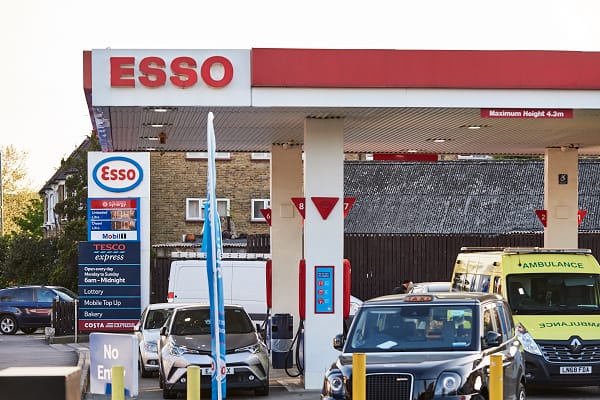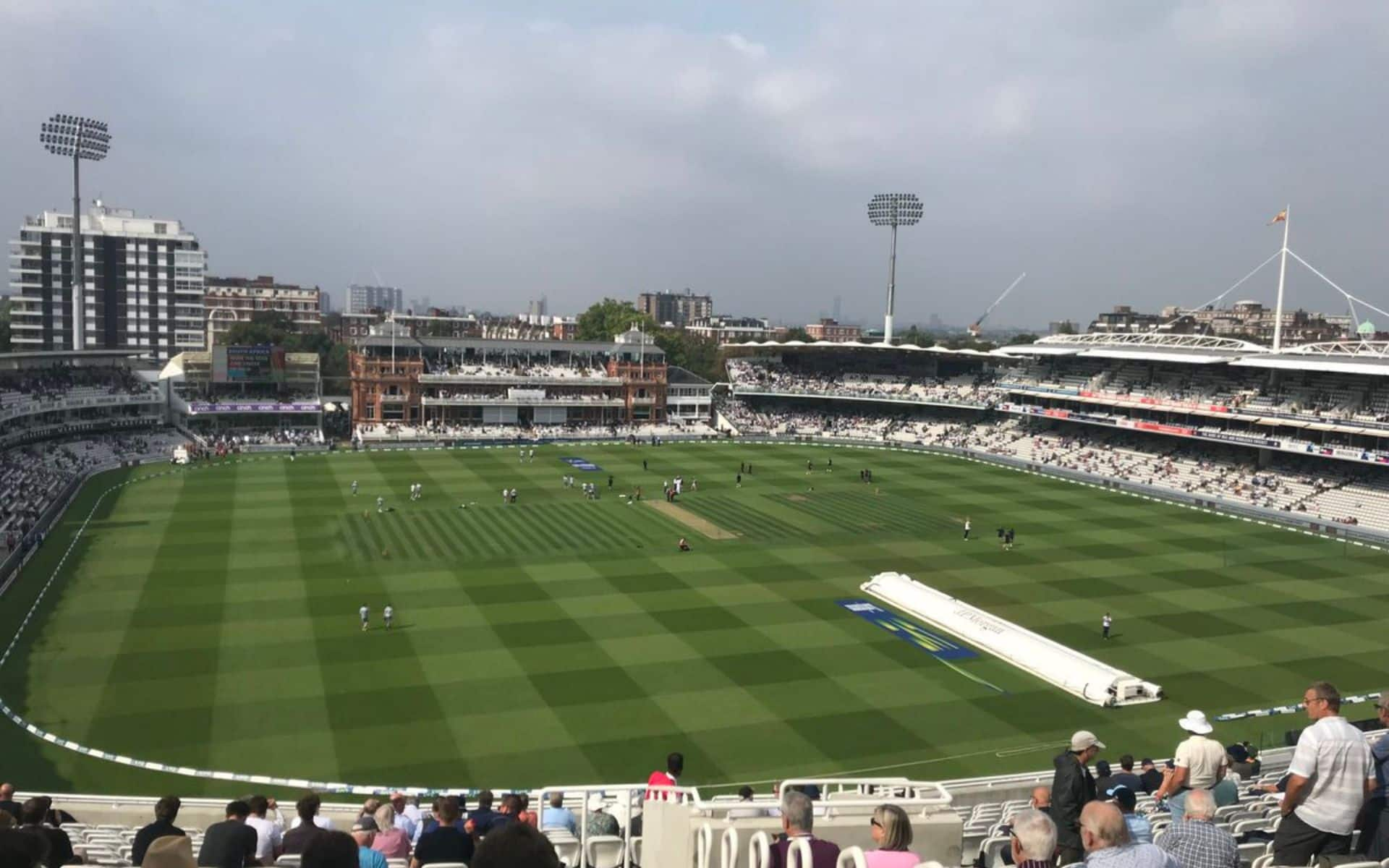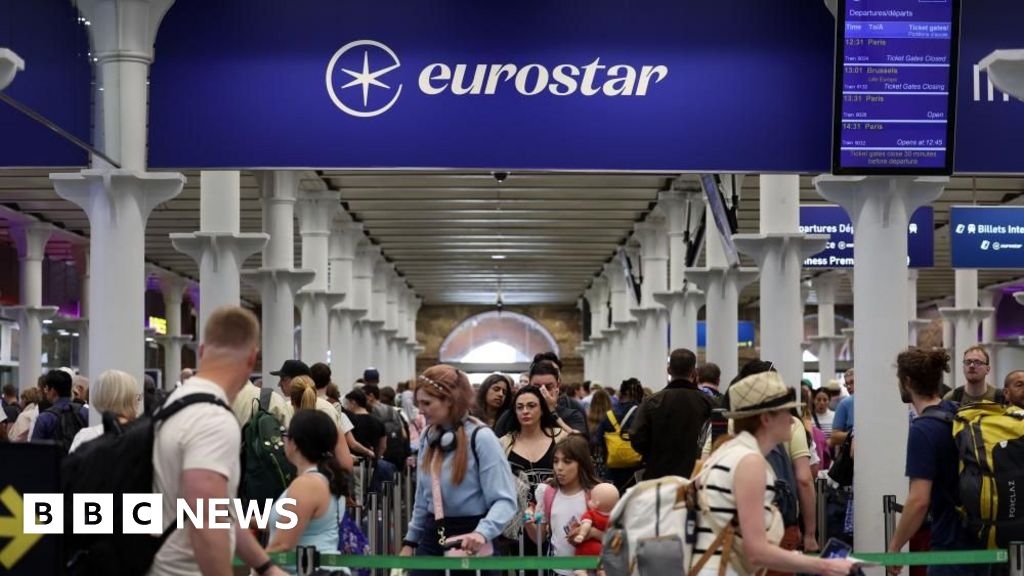World
Toxic smog, trash mountains & open sewers… inside ‘world’s dirtiest city’

THE “world’s dirtiest city” is ten times more polluted than London and full of 200ft “trash mountains” stretching several miles wide.
Thick with toxic smog and a rancid stench from open sewers, air quality in Delhi, the capital of India, has hit severe levels.
Conditions have become so bad, in fact, that residents who frequently breathe the world’s worst-quality air are at risk of clogged lungs and a host of diseases.
The biggest contributor to Delhi’s pollution are the three rubbish dumps located in the neighbourhoods of Ghazipur, Bhalswa and Okhla.
From vegetable peelings to glass bottles, plastic packaging, batteries, broken toys and discarded clothes, more than 10,000 tonnes of waste ends up there every day.
The mountains are so high that they can be viewed from right across the city, swarming with flies, vermin and emitting an eye-watering stench.
Recent satellite data indicated that Delhi’s landfills have become a global hotspot for emissions of methane – a potent greenhouse gas that traps 82 times more heat than carbon dioxide over 20 years.
According to the data from Kayrros, an environmental intelligence agency, Ghazipur, Bhalswa and Okhla have been home to at least 124 methane “super emitter” leaks since 2020, the Guardian report.
Residents in India largely use fresh produce to cook but more than 50 per cent of rubbish dumped at waste sites on a daily basis is made up of “wet waste”, such as vegetable peelings and food scraps.
With no strictly implemented system of rubbish segregation in Delhi, the wet waste is mostly unsegregated and left to rot, generating huge amounts of methane as it decomposes.
During the summer months, especially, things can get really bad.
Delhi’s scorching heat causes the highly flammable gas to catch fire, turning the trash mountains into toxic, burning infernos that send thick plumes of smoke into the already highly polluted air.
While it is illegal to enter the dumpsites, thousands of Delhi’s residents, including children, make a living by climbing on the mountains.
By picking materials – such as plastic, glass, wires and metals – they can earn themselves enough rupees to buy dinner for the night.
But the dangerous practice involves wading through heaps of broken glass and used needles.
Those who work on the site daily are also at greater risk of serious health issues, with many dying from problems with their kidneys and lungs.
One local man told the Guardian: “It happens all the time here, people die young from health problems.
“We know we are being poisoned by this rubbish dump but the government does nothing and the trash keeps on coming.”
Even in winter, however, the air gets particularly toxic.
Industrial and vehicular emissions, low wind speeds and bursting of firecrackers during festivals are just some of the contributors to the dangerous pollution levels in Delhi.
Other various factors, including the burning of crop remains by farmers in nearby states, rapid industrialisation and weak enforcement of environmental laws have also played a role in increasing pollution in India.
Last year, the government was forced to shut schools and colleges for several days in a row due to the toxic air.
Pollution has also led to thick toxic smogs cloaking Delhi, making it look like a post-apocalyptic city as residents wade through the ghostly plumes.
Things have become so bad, however, that the city’s residents – about 33 million of them – could have their lives shortened by 11.9 years due to the poor air they breathe.
According to the central pollution control board, pollution levels in Delhi have been at their worst since 2020.
Methods deployed by the government to tackle pollution have included the sprinkling of water on roads to reduce dust and the building of two 80ft high “smog towers”.
Costing more than $2million (£1.5million) each, the towers are supposed to clean the air but have been deemed to be largely ineffective by scientists.
Top 10 polluted cities

DELHI might be the world’s dirtiest city but there are plenty more doing their best to take its crown.
Based off data from IQAir, a Swiss-based air-quality monitoring group, we’ve compiled a list of the world’s ten most polluted cities.
1. Delhi, India
2. Medan, Indonesia
3. Jakarta, Indonesia
4. Lahore, Pakistan
5. Doha, Qatar
6. Manama, Bahrain
7. Mumbai, India
8. Hangzhou, China
9. Dhaka, Bangladesh
10. Santiago, Chile





















